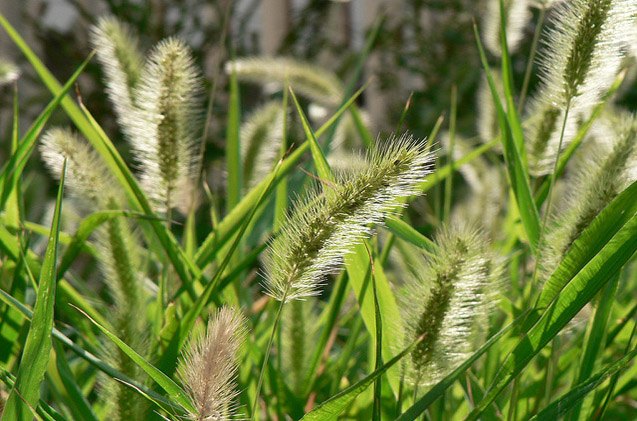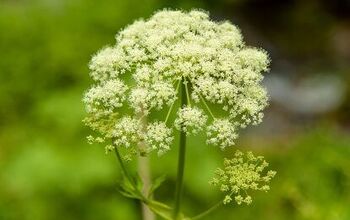What Are the Dangers of Foxtails to Dogs?

If you spend any time outdoors during the spring and summer, you have probably seen your fair share of foxtails. Foxtails are those tall, swaying grasses topped with seed clusters that resemble the tail of a fox. Though these grasses are lovely to behold, they can pose a serious threat to your dog. Here’s why foxtails are dangerous and how to avoid them.
Related: 6 Ways To Properly Clean Dog Ears
Why are Foxtails Dangerous to Dogs?
Looking at a field full of foxtails swaying in the wind, you may not think that they look like a threat. What many dog owners do not know, however, is that foxtails can be very dangerous. The danger associated with foxtails has to do with the way these grasses spread their seed in the wild. That fluffy clump at the top of each foxtail is actually made up of myriad tiny seeds arranged in hair-like clusters. Each cluster of seeds is connected to a barb and, once the clusters are spread by the wind, they fall to the ground and the barb digs into the soil, keeping the cluster in place while bacteria inside the cluster gets to work. These bacteria actually start to break down cellular matter in the soil, helping to bury the seed in the ground where it germinates and grows into a new foxtail plant.
Related: Poisonous Plants For Dogs
The danger associated with foxtails for dogs all has to do with that little barb. The bacteria-filled barb that is designed to penetrate the soil after being spread can also penetrate your dog’s skin. When your dog brushes up against a foxtail, the seed clusters detach from the plant and get stuck in your dog’s fur. The barb on the end of each cluster keeps the seed in place while those pesky bacteria start to break down your dog’s fur, working its way through your dog’s coat and eventually into his skin, making him sick. Your dog’s symptoms could vary depending where the foxtail entered his body. Foxtails generally enter a dog’s body through the nasal passage, ears, eyes, or mouth – they can also enter into his lungs or penetrate the skin anywhere along the dog’s backbone. In addition to causing skin damage and a great deal of irritation, foxtails can also lead to serious infection if left inside your dog’s body.
How to Protect Your Dog Against Foxtails
You may not be able to prevent your dog from coming into contact with foxtails during the spring and summer months, but you should avoid large stands of foxtail if you see them. After you get home from your walk, give your dog’s body a good once-over to check for seed clusters. Pay particular attention to your dog’s feet – the seed clusters can get stuck between your dog’s toes and cause an abscess to form. Other places to look include your dog’s ears, around his eyes, in his nose, and around his genitals. For an extra layer of protection, go over your dog’s whole body with a brush or comb just in case there are any seed clusters you didn’t see. If you do come across a foxtail seed cluster, be very careful in removing it by using a pair of tweezers – be sure to get the barb as well as the seed. If your dog develops signs of swelling or irritation, take him to the vet. If the barb has become too deeply embedded to remove with tweezers he may need surgery.
Something as tiny as a foxtail seed may not seem inherently dangerous but if it works its way into your dog’s skin it can cause some very serious problems. Always check your dog after every walk to look for hitchhikers – things like foxtail seeds, ticks, and other pests. A few minutes of your time is the best way to prevent serious problems!

Kate Barrington is the loving owner of two cats (Bagel and Munchkin) and a noisy herd of guinea pigs. Having grown up with golden retrievers, Kate has a great deal of experience with dogs but labels herself a lover of all pets. Having received a Bachelor's degree in English, Kate has combined her love for pets and her passion for writing to create her own freelance writing business, specializing in the pet niche.
More by Kate Barrington






















